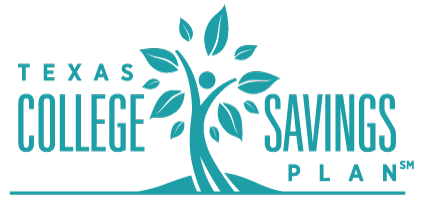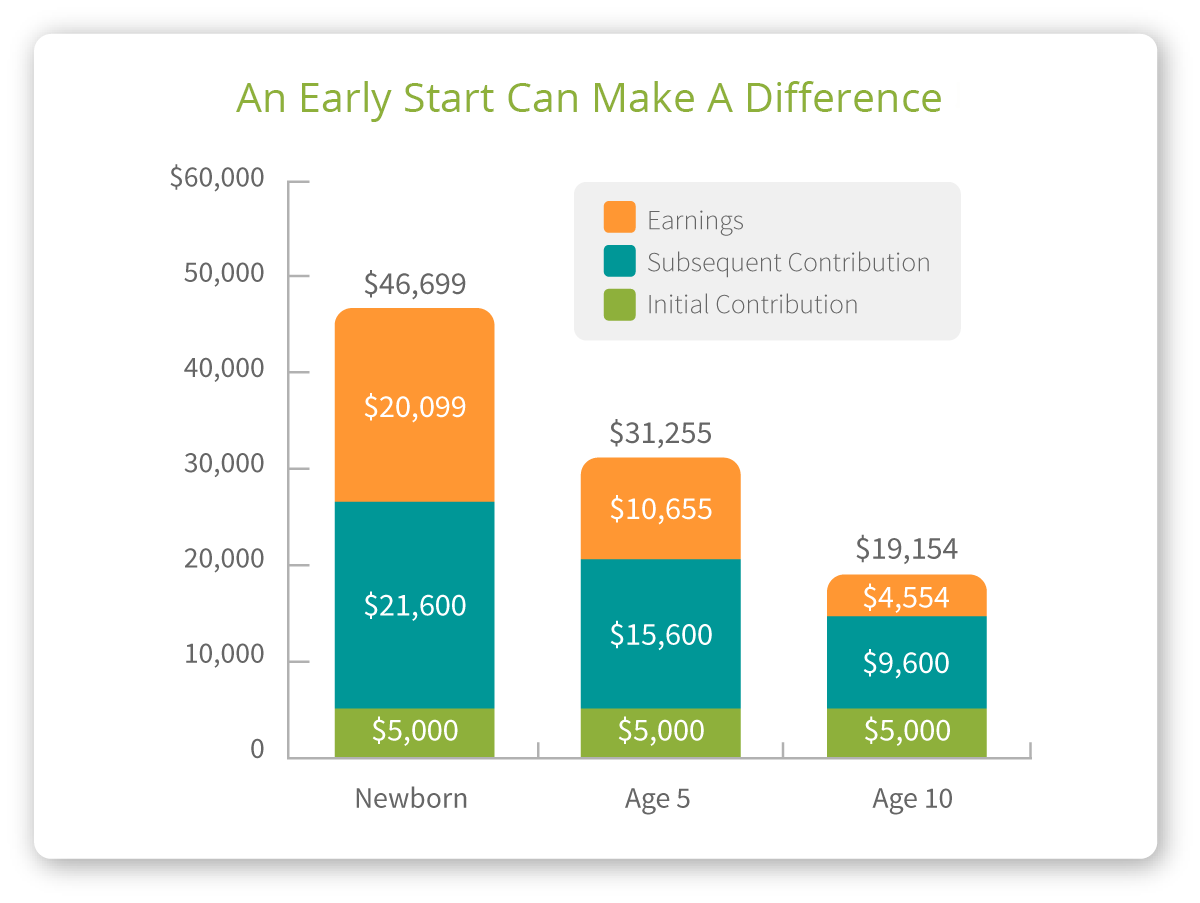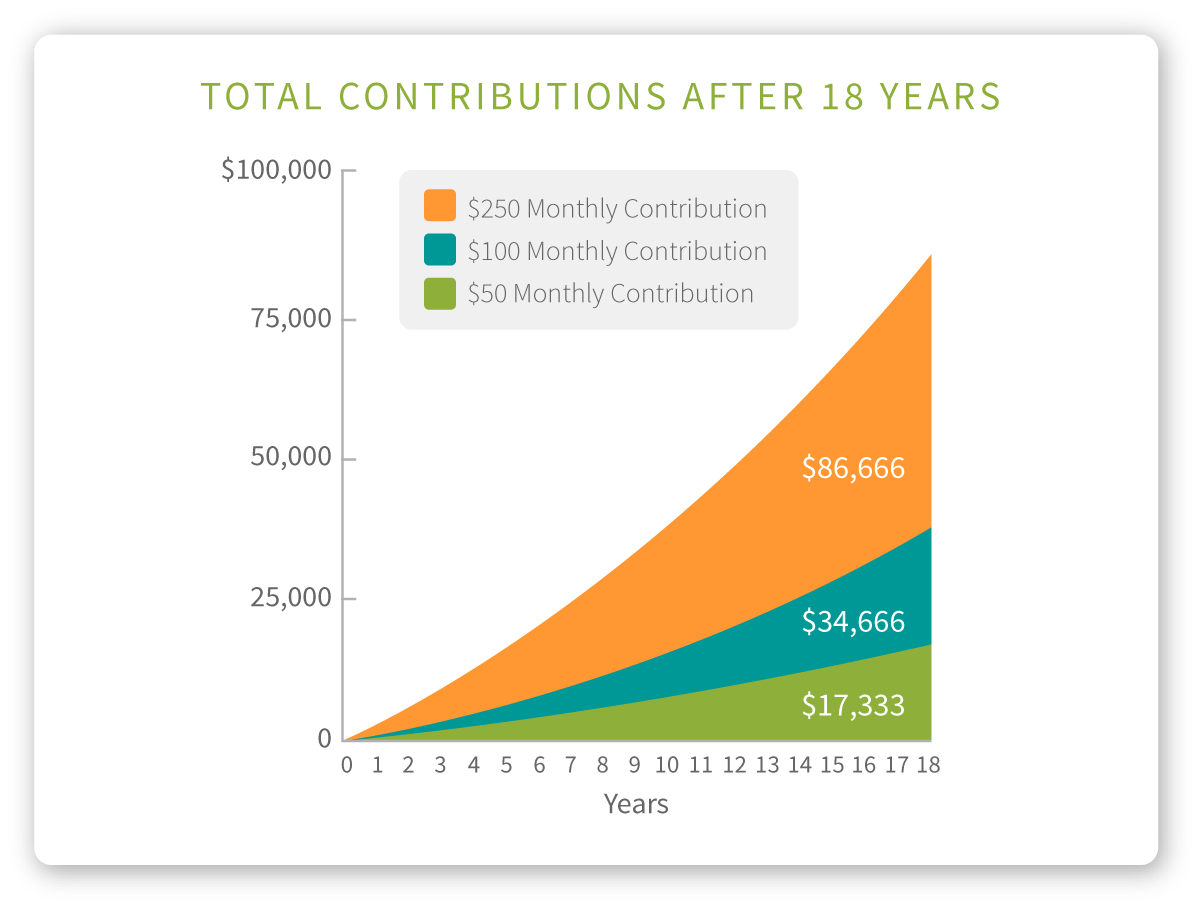Aside from a home, higher education may be the most expensive and most important purchase in a person’s lifetime.
Chinese philosopher Lao-Tzu said, “Even a journey of a thousand miles begins with a single step.” And that’s probably where you are now — looking to take that first step in what seems a daunting journey. But the important part is to get started. With a bit of careful planning, the goal of a funded college education may be attainable. In this section, we invite you to:


